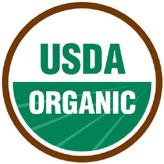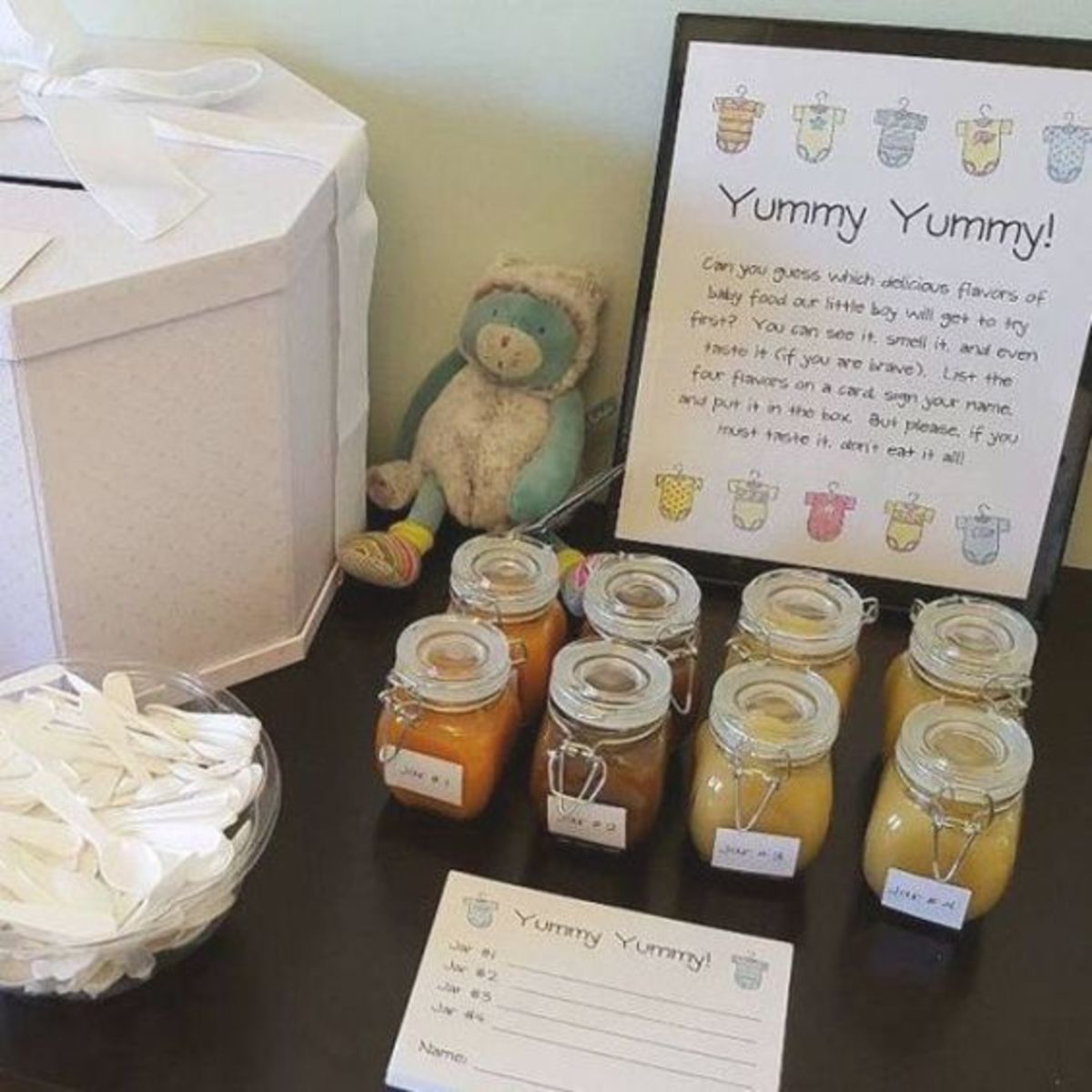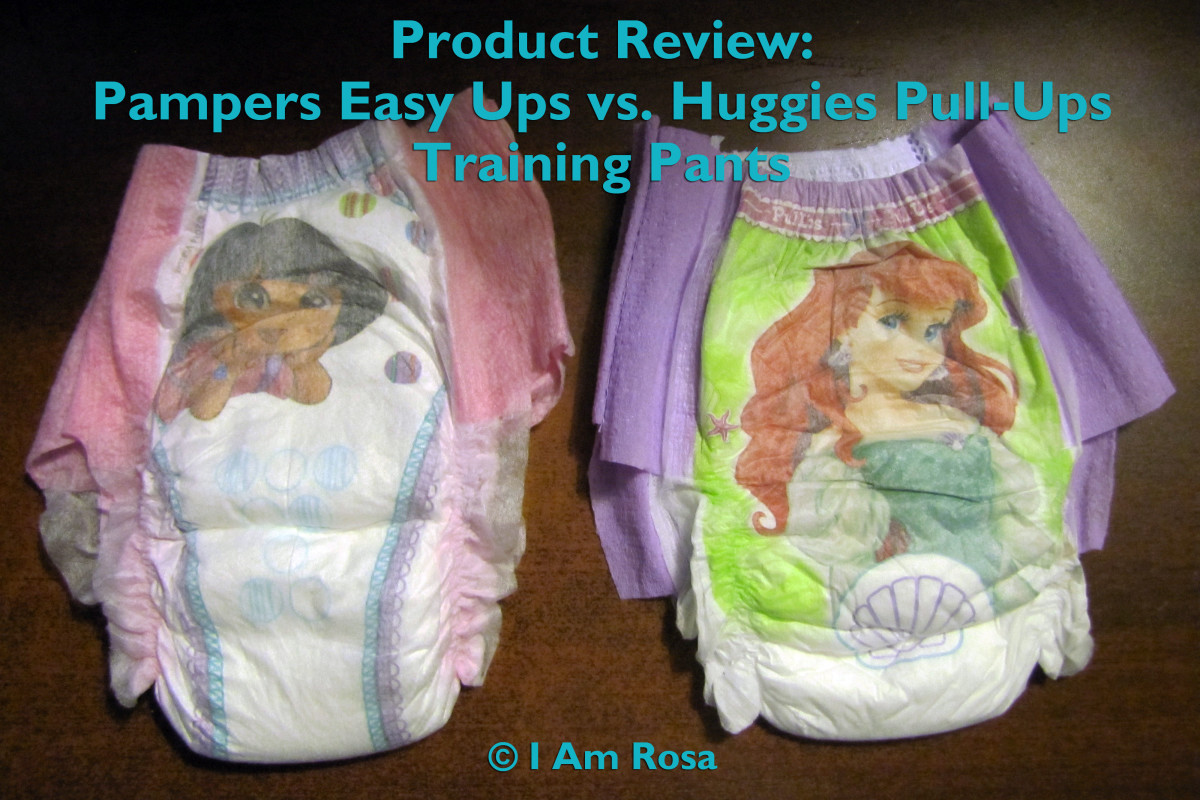Homemade Organic Baby Food - Simple and Inexpensive

Benefits of homemade baby food:
We as parents spend hundreds, if not thousands, of dollars a year making sure our babies have the best. From vibrating swings that recite the ABCs or soft massaging teething toys that play Brahms. Why then settle for food from a jar. I certainly don't eat from a jar, why should my child? I realize there are arguments on both sides of the debate, but in general homemade baby food is accepted to be:
- More nutritious: Vitamins, such as A and D, are not decreased or removed during processing
- Better tasting: There is little argument here, have you ever tasted jarred baby food? Homemade baby food is real food with real taste.
- Less expensive: Generally speaking you can buy fresh fruits and vegetables, ounce to ounce, for less then processed baby food. There is also less wasted which makes it more economical.
- More flexibility: Process what you need and heat what they will eat. This allows offering two or three different foods at a meal instead of the boredom of one meal one jar (for the younger ones anyway).
Understanding the term organic:
There can be a lot of confusion about what it means for food to be organic. If you find yourself with questions please check out some of the links below. In short, organic is intended for foods that have been grown and handled without chemicals; pesticides, herbicides or fertilizers. As with all things there are different organic ratings:
- 70% - "Made with organic ingredients"
- 95% - "USDA Organic"
- 100% - "100% Organic."
It is important to know what you are buying if these differences are important to you. The labels should contain one of the above phrases.

Sources for information on organic foods:
- Organic foods: Are they safer? More nutritious? - MayoClinic.com
Find out what factors might influence your decision to buy or bypass organic foods. - Organic certification - Wikipedia, the free encyclopedia
Organic certification is a certification process for producers of organic food and other organic agricultural products. - Agricultural Marketing Service - National Organic Program
The National Organic Program (NOP) develops, implements, and administers national production, handling, and labeling standards for organic agricultural products.
- Local Harvest
Find locally grown produce anywhere in the country! Use our map to locate farmers markets, family farms, CSAs, farm stands, and u-pick produce in your neighborhood. - MapMuse - Locate Farmers Markets
Locate Farmers Markets: Fresh Organic Food Close to Home near you on an interactive map and directory. Find local Farmers Markets: Fresh Organic Food Close to Home in Going Green, Food and Drink, Lawn and Garden.
Finding organic fruits and vegetables:
Most grocery stores now carry an assortment of organic fruits and vegetables. Even Wal-mart is in on this game. The best source is still local though. If you don't feel like taking the time to grow your veggies yourself, just find someone else that will. There are thousands of CSAs (Community Supported Agriculture) and Farmers Markets around the country now. Take some time to look around and I am sure you can find great places locally to buy wholesome foods. If you would like a shortcut, here are a few sites which will help out.
How to make:
Now for what we have all be waiting for. There are as many ways to cook and prepare baby food as there are people who do it. This is one of the simplest I have found. It is very quick, produces food our kids have enjoyed, and is quick and easy to clean up. So, before we get started lets look at what you will need:
Needed tools to make your own organic baby food
- Vegetables steamer
- Food mill (or processor)
- Food tray
- A Spoon is also handy
The items linked on the left are the actual items we use to prepare ours. The Food Mill is a simple mechanical masher that is simple to use and easy to clean. I would highly recommend it over using a full sized food processor, especially for small amounts.
How to cook:
Steaming is the most nutritious way to prepare vegetables, for you and your baby. Place your fruits and vegetables in the steamer and steam until they are soft throughout. We simply set it for 60 minutes and it would usually work fine. You really can't make the food too soft.
How to process:
Once the food is steamed you are ready to process it. Take the skins off of any fruits or vegetables that have them. We found that potato and squash skins and rinds weren't appreciated by our little ones. Set your food mill on the counter with a paper towel or cutting board underneath it. This simple allows for easier clean up. Fill with food and have fun. A warning here, some foods are more fun than others; for example, squishing squash through the mill is entertaining while corn can be a workout.
How to keep:
Once processed, you should keep your baby food frozen in divisions of approximately 2 oz. Spoon your processes baby food into your freezer containers and place in the freezer. There are containers designed especially for this, or you can use a simple ice tray. If you use an ice tray, be sure to transfer frozen foods to a sealable bag to avoid freezer burn or contamination. It is also important to know that according to the FDA, you should not plan on keeping frozen baby food for more than 3 to 4 months. 1 to 2 months if it contains meat. Again, we only want the best for our babies.
How to serve:
This is the easy part. Before meal time, take out the amount and type of baby food you expect your child to eat and heat it up. We do this in the microwave for about 10 seconds then stir and repeat as needed. You could also heat it on the stove. Remember to stir to make sure the temperature is even. It if is hot allow it to cool some before serving.
Baby Foods and Introduction Schedule:

So, you think this is all fine and good but are not exactly sure
what to prepare. There are several sites out there that can provide a
food introduction schedule. I have combined several in this table
to give you a conservative idea of what your baby might enjoy. The craft of baby food making can be as simple or as involved as you wish to make it. The important thing is that you have fun while providing the best nutrition for you babies.






